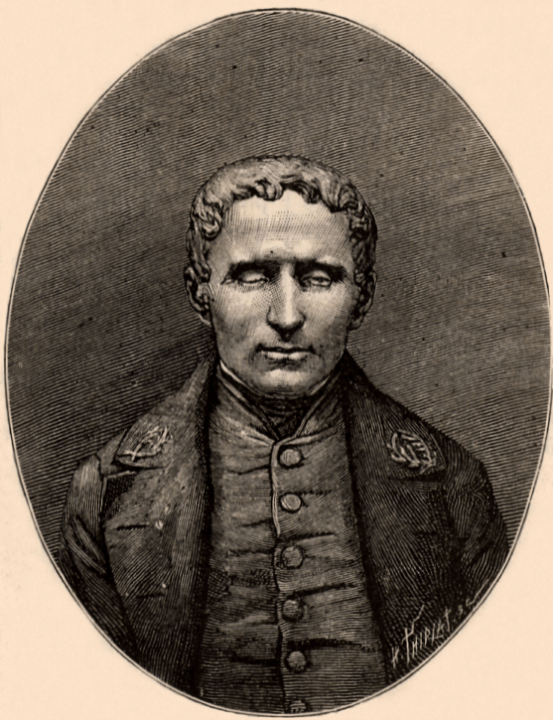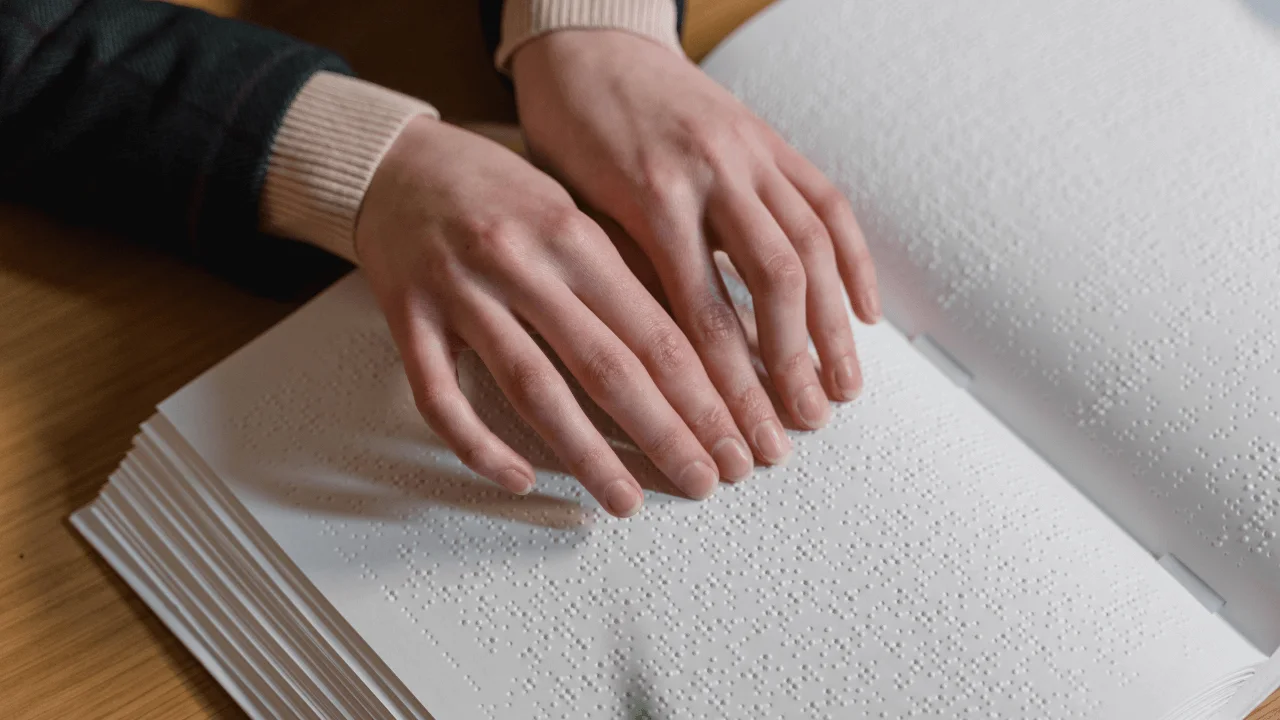January is Braille Literacy Month. In 2019, the United Nations General Assembly established January 4 as World Braille Day. Both are aimed at raising awareness of the importance of Braille, though the month also commemorates the legacy of Louis Braille.
What is Braille?
The UN describes Braille as “a tactile representation of alphabetic and numerical symbols using six dots to represent each letter and number, and even musical, mathematical and scientific symbols. Braille (named after its inventor in 19th century France, Louis Braille) is used by blind and partially sighted people to read the same books and periodicals as those printed in a visual font.
According to the New England Consortium on Deafblindness, Braille is used in nearly every country in the world, and there is a braille code for almost every language. Braille has transformed the lives of millions in the context of education, freedom of expression and opinion, and social inclusion. World Braille Day serves as a reminder of Braille in promoting independence, literacy, and equal opportunities for the blind and visually impaired.
About Louis Braille
 Born on January 4, 1809, in Coupvray, France, Louis Braille lost his sight at the age of three after an accident that took place in his father’s harness shop. An infection caused him to lose sight in both eyes.
Born on January 4, 1809, in Coupvray, France, Louis Braille lost his sight at the age of three after an accident that took place in his father’s harness shop. An infection caused him to lose sight in both eyes.
He received a scholarship and, in 1819, he went to Paris to attend the National Institute for Blind Children (where he later taught). At the age of 15, Braille developed the system of touch reading and writing as it’s known today.
Braille based his system on Charles Barbier’s “Night Writing,” which was created for soldiers to communicate safely at night. Barbier’s system was a raised 12-dot cell with each dot or combination of dots representing a letter or phonetic sound. “The problem with the military code was that the human fingertip could not feel all the dots with one touch,” BrailleWorks shared.
Braille’s code was based on a six-dot system. “This crucial improvement meant that a fingertip could encompass the entire cell unit with one impression and move rapidly from one cell to the next. Over time, the world gradually accepted braille as the fundamental form of written communication for blind individuals. Today it remains basically as he invented it.”
The Impact of Braille
Braille is more than a tool for reading and writing; it is a gateway to education, employment, and social inclusion. By providing an alternative means of communication, Braille empowers individuals to navigate the world around them independently.
Promoting Literacy: One of the key contributions of Braille is its role in promoting literacy among the blind and visually impaired. Access to written information is a fundamental right, and Braille facilitates this access for visually impaired individuals. By learning to read and write in Braille, people who are blind can pursue education, access books, and engage in intellectual pursuits, enhancing their overall quality of life.
“Braille is used in nearly every country in the world, and there is a braille code for almost every language. Braille has transformed the lives of millions in the context of education, freedom of expression and opinion, and social inclusion.”
Equal Opportunities in Education and Employment: Braille Literacy Month and World Braille Day emphasizes the need for equal opportunities in education and employment for blind individuals. Integrating Braille into the curriculum and workplace helps ensure that those with visual impairments have the tools they need to succeed. Technology has also played a significant role in expanding access, with Braille displays, electronic Braille books, and assistive devices making information more readily available.
Advocacy and Awareness: Recognizing Braille Literacy Month provides an opportunity for advocacy and awareness campaigns to promote the importance of Braille. Community events, workshops, and educational programs can help dispel myths and misconceptions about blindness and foster a more inclusive society.
By understanding the significance of Braille, we can work toward breaking down barriers and creating a world that is accessible to all.







